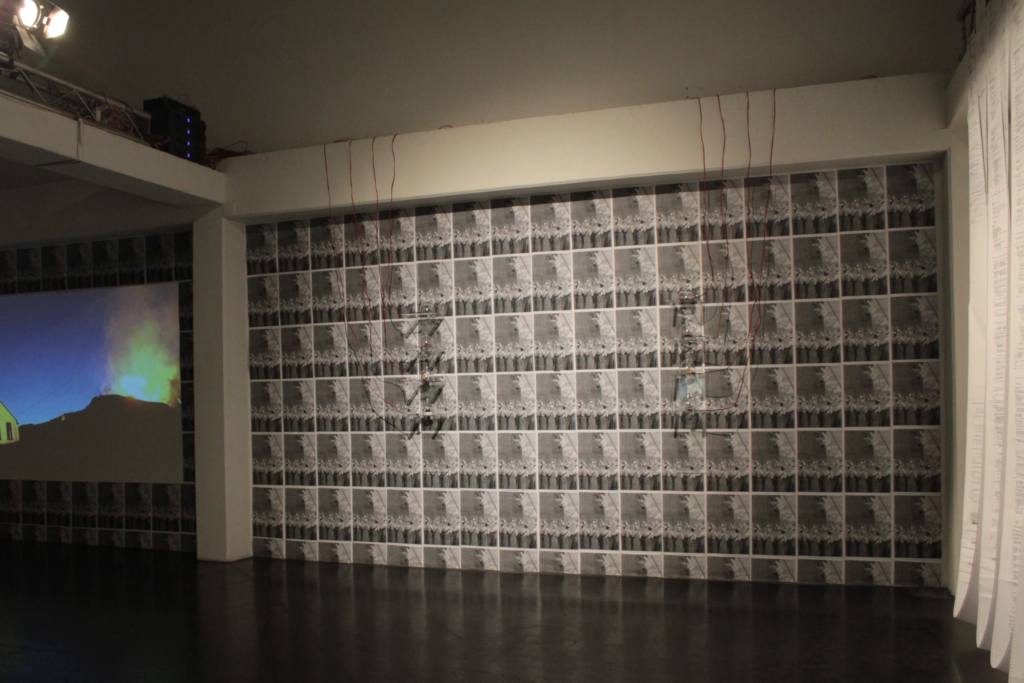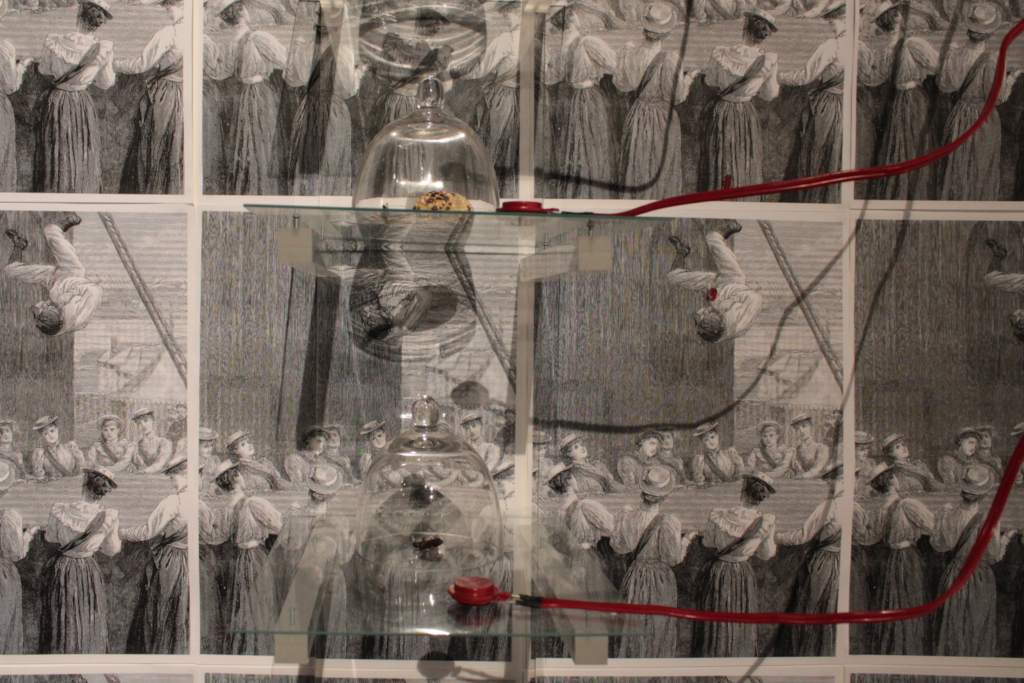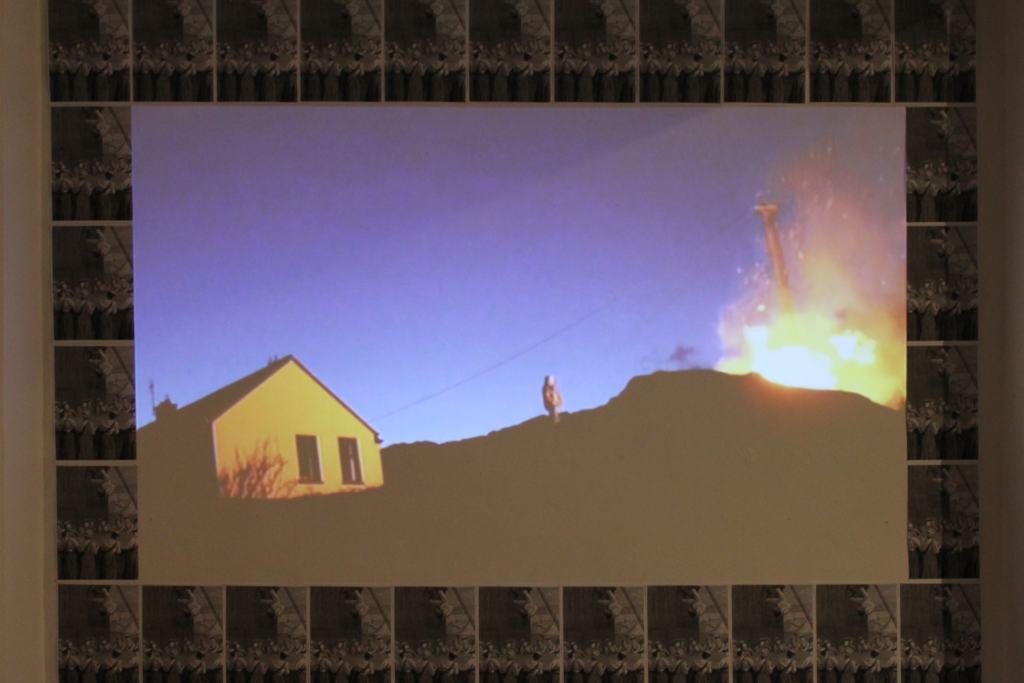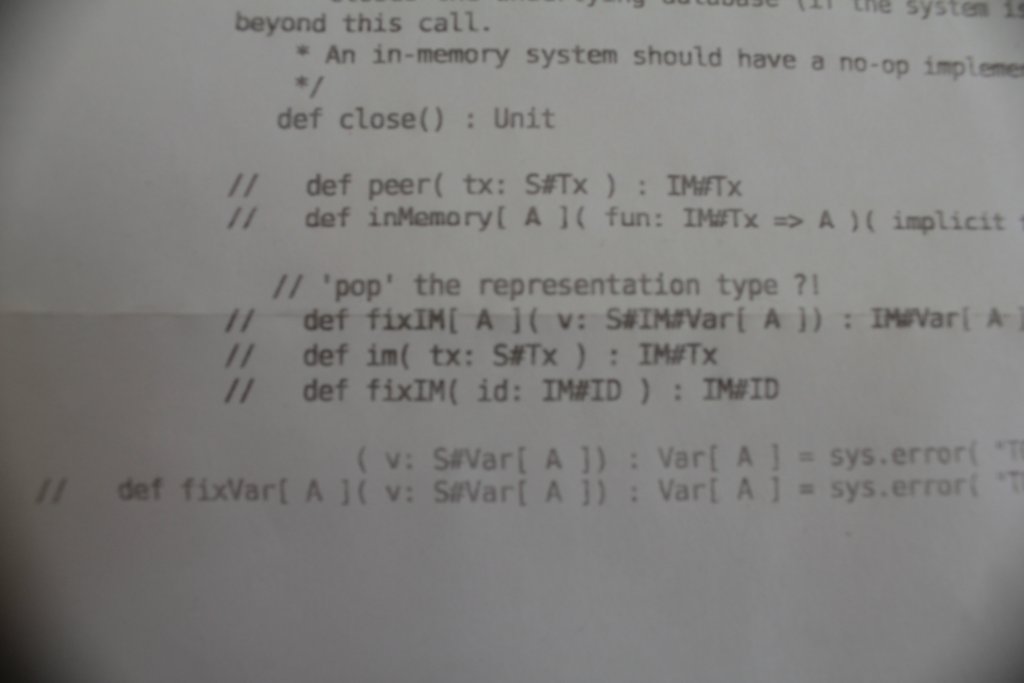Writing Machines (2012)
An exhibition project with spatial, audio, video, object and text installation. Collaboration between Hanns Holger Rutz and Nayarí Castillo.
Writing—as noting down, in-scribing, re-writing, over-writing—on the one hand relates “literally” to the act of composing as process, on the other hand reflects forms of fictionalisation which furnishes objects with new surfaces and enriches them with fields of possibilities. Embedded in the metaphor of the (writing) machine is the notion that writing begins before the letter (what Derrida calls L’écriture avant la lettre) and certainly does not end there. One has always already begun the writing of the work, and this writing will never terminate… The works locate themselves as a peculiar laboratory, where common and uncommon notions of writing are interwoven as a spatial dialogue that crosses the borders of media—sound, text, image, object. In these experiments, observer and observed surrender their urge to be separated, they become one machine. They are drivers and driven. What counts is the motion—the act of writing overlays that which is written.
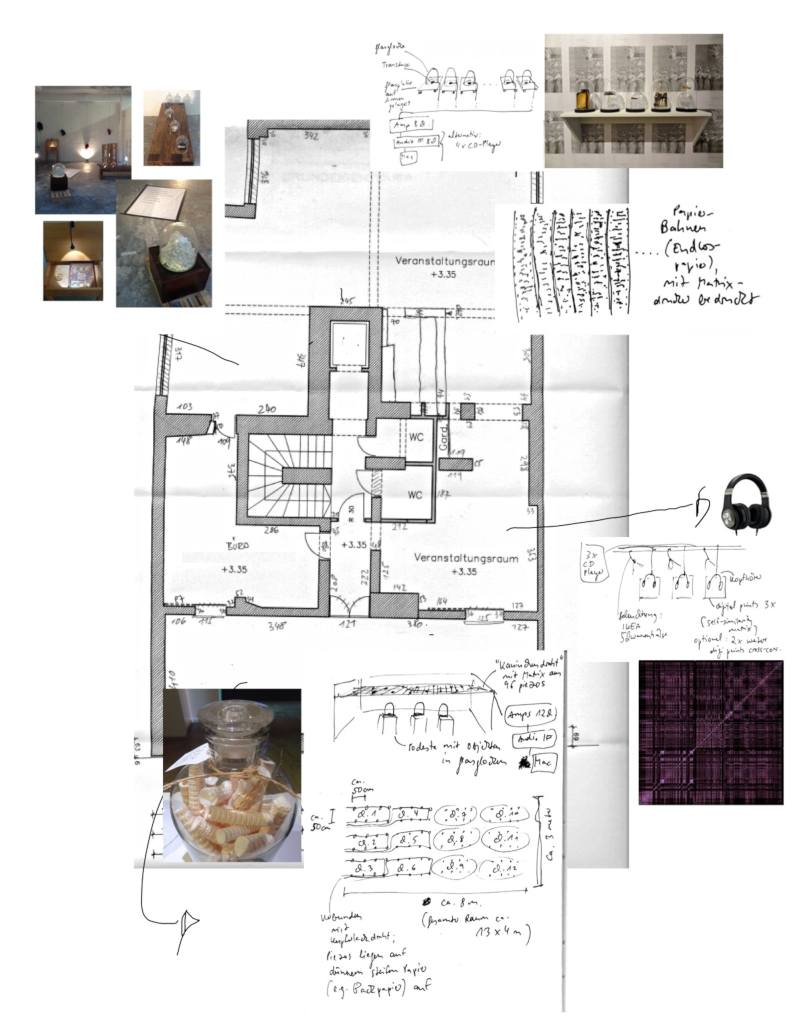
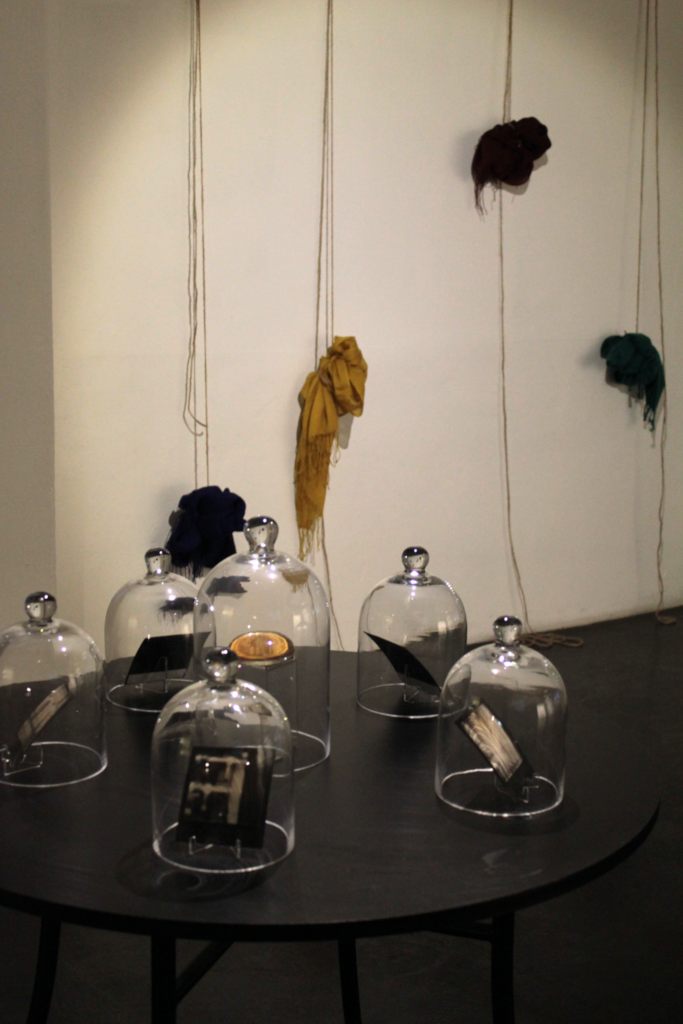
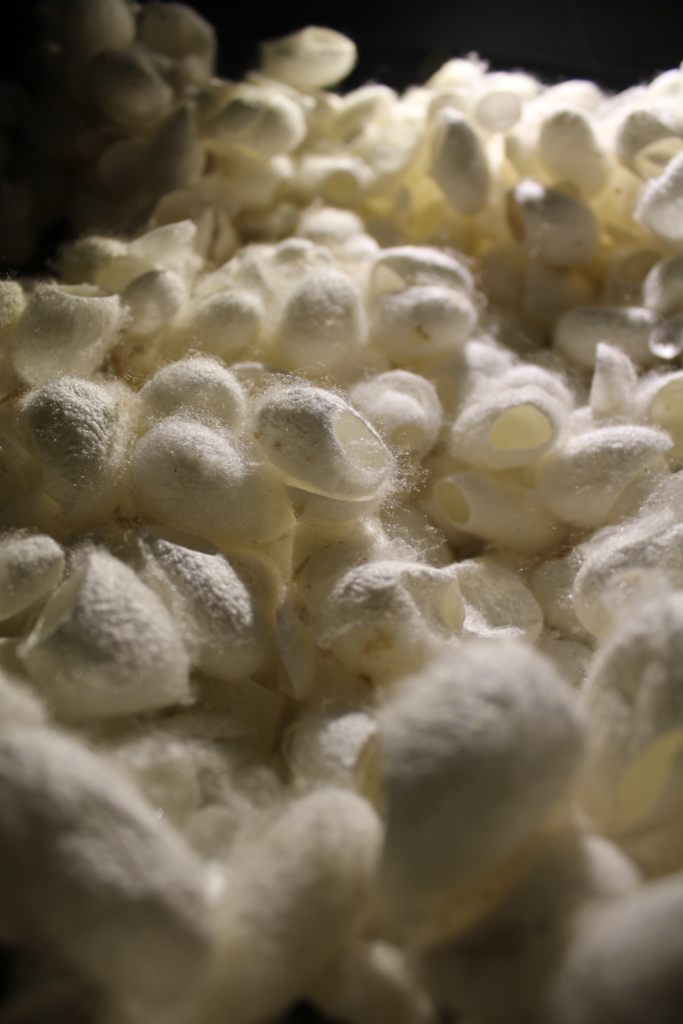
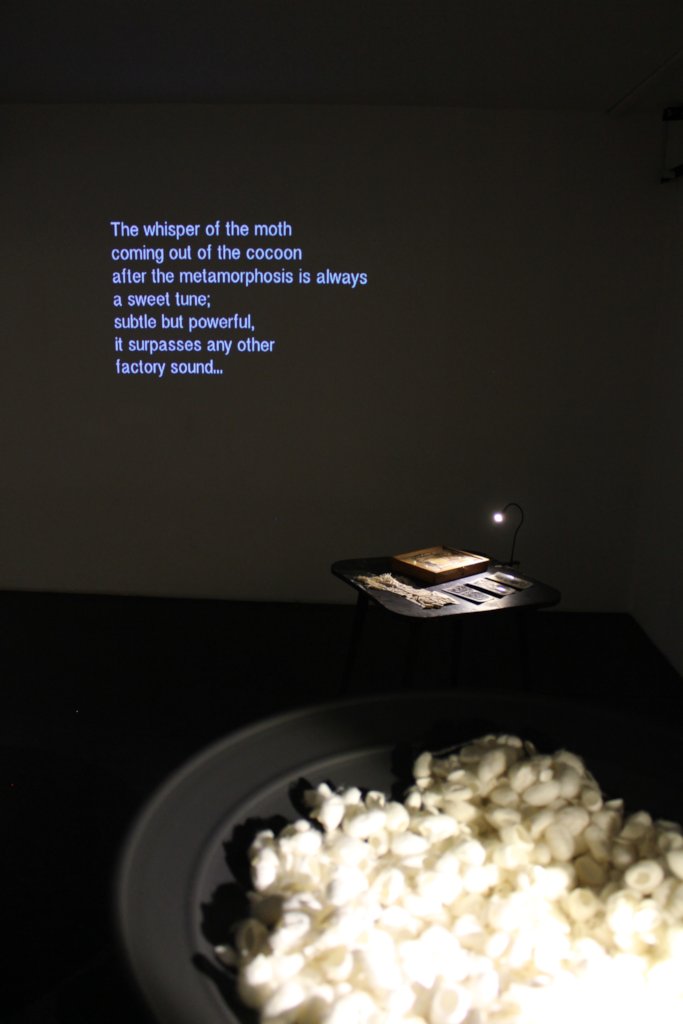
Conceived for the premises of ESC im Labor (back in 2012 located in Jakoministraße), some of the pieces are “solo constructions” made by either of the two of us, others are primarily Nayarí’s pieces or Hanns Holger’s pieces, but still always in dialogue with each other and created in a parallel process. When making a round tour beginning in the street facing room, one first encounters the piece Voice Trap, a space installation with mirrors, glas containers containing strange objects, and written text on the floor, and a wire mesh suspended from the ceiling carrying a multi-channel sound installation. Both object installation and sound composition interlock in a fictional account of capturing voices. Next is Unvorgesehen–Real–Farblos for three headphones and three printed computer graphics, a sort of diary where threads spin across the different channels. When entering the neighbouring hall, one first passes by the paper installation Dots made with an old technology, matrix dot printers, and reflecting on the computer code underlying the sound installations.
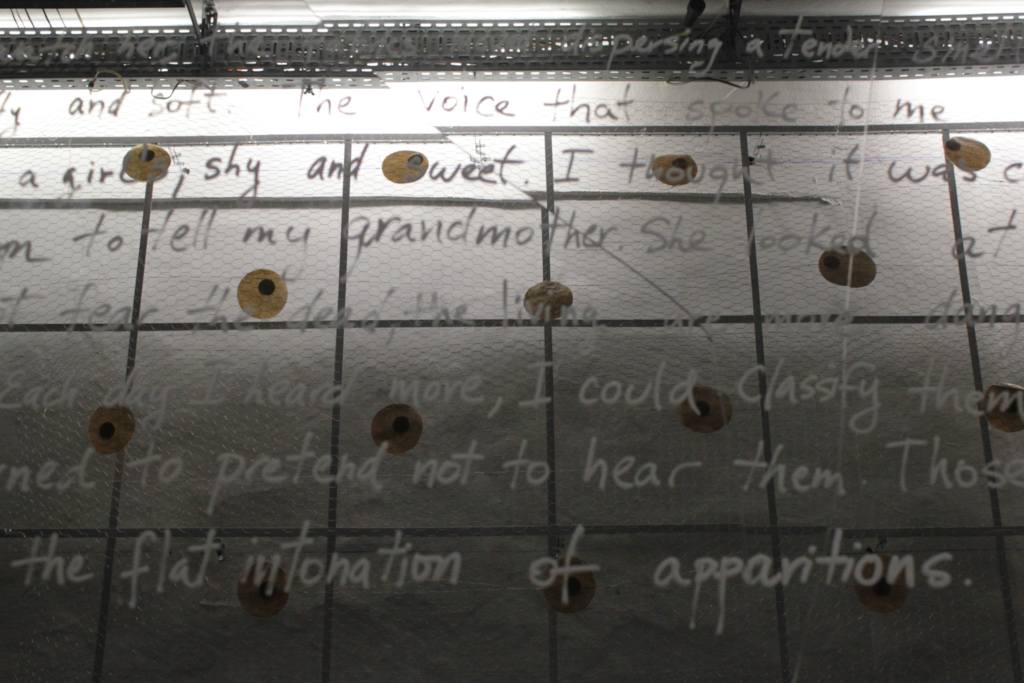
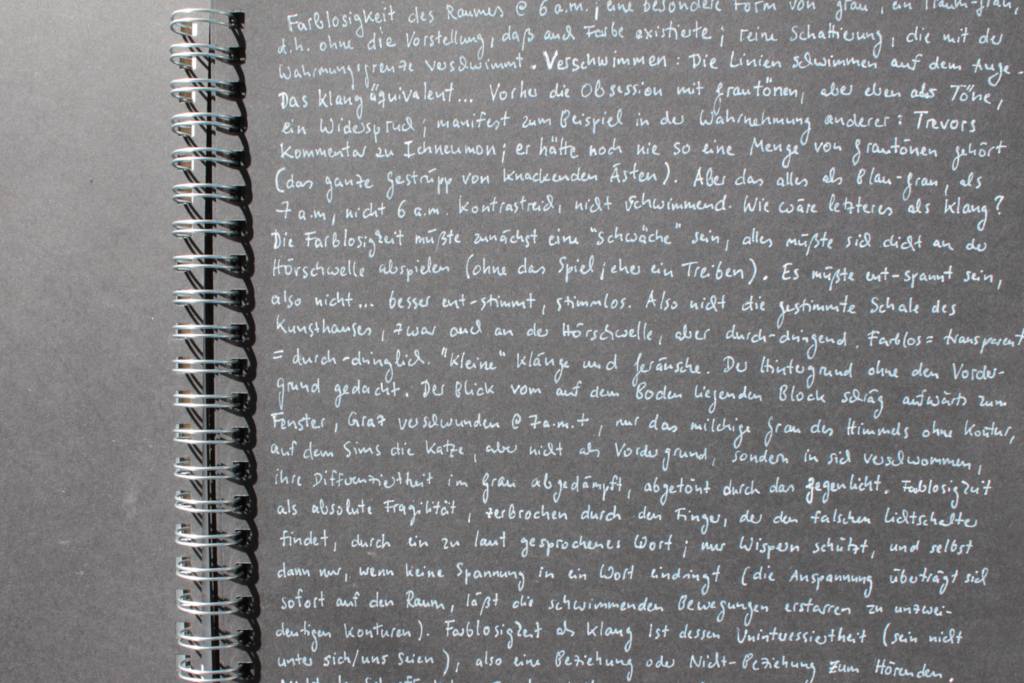
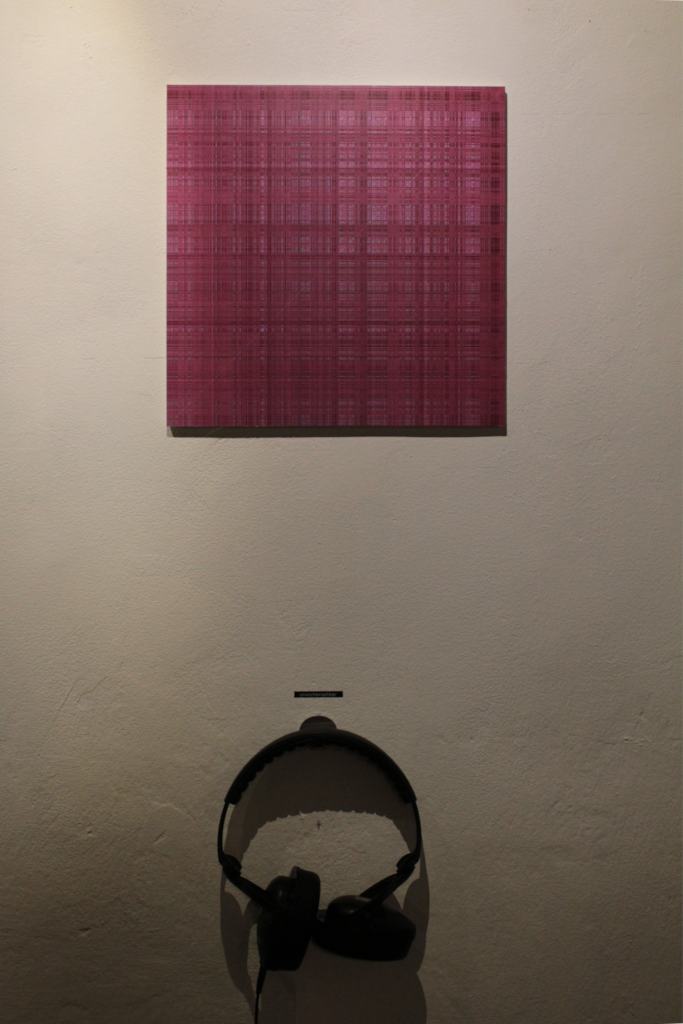
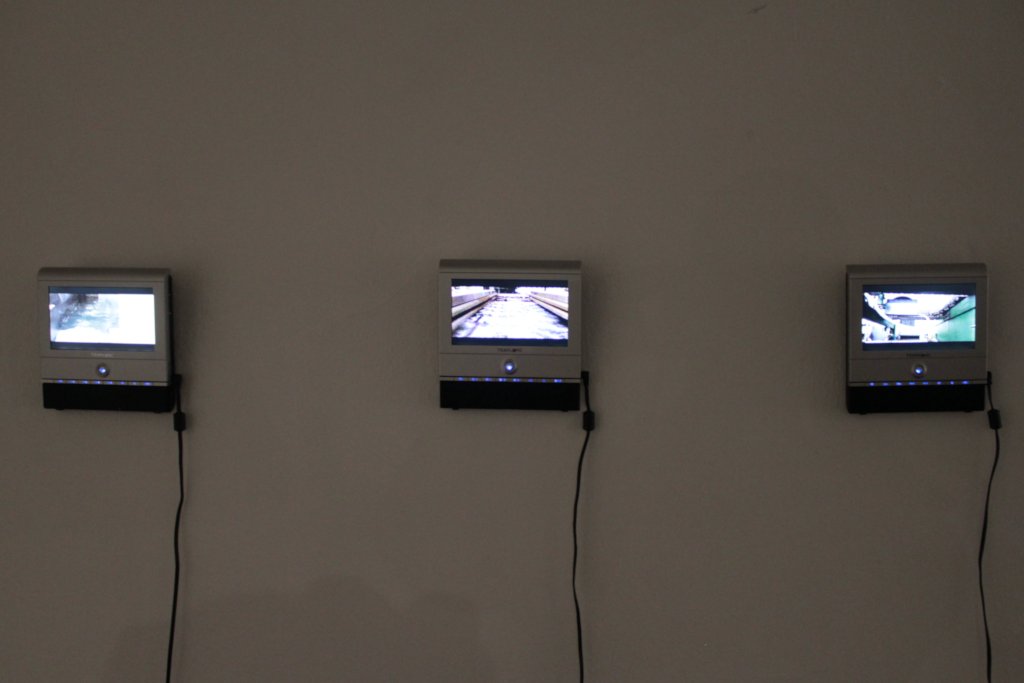
The adjacent wall is covered with prints from a female fire brigade, forming part of the piece Confessions of an Arsonist. Installed on the wall are glass panels and red transducers, repurposed from Kalligraphie (2007), this time communicating with object fragments inside glass jars, and a new sound composition by Nayarí. Her piece is completed by a video installation, leading up to the last part of the exhibition, a room installation with objects, text projection, and video screens, forming the piece Seidenfabrik (silk factory). Its gravitational centre is that moment in which the silkworm hatches from its cocoon. A sublime sound emerges, so beautiful that it obliterates all the noise of the silk factory. Different particles, such as photographs or video sketches, attach themselves to the idea of the factory.
